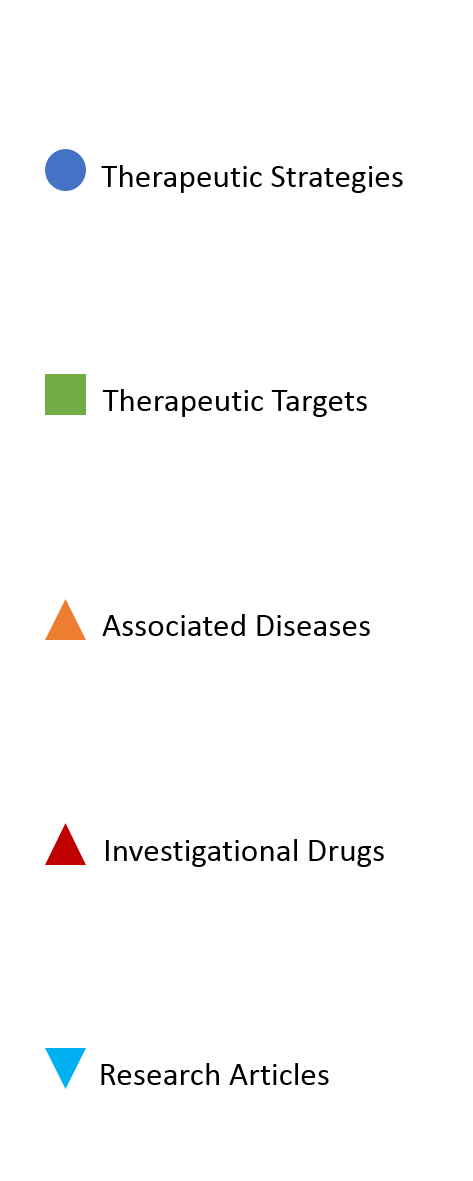Research Article Details
| Article ID: | A27265 |
| PMID: | 18804555 |
| Source: | Contemp Clin Trials |
| Title: | Pioglitazone versus vitamin E versus placebo for the treatment of non-diabetic patients with non-alcoholic steatohepatitis: PIVENS trial design. |
| Abstract: | BACKGROUND: Non-alcoholic steatohepatitis (NASH) is a common liver disease associated with obesity and diabetes. NASH is a progressive disorder that can lead to cirrhosis and liver failure. Insulin resistance and oxidative stress are thought to play important roles in its pathogenesis. There is no definitive treatment for NASH. OBJECTIVES: PIVENS is conducted to test the hypotheses that treatment with pioglitazone, a thiazolidinedione insulin sensitizer, or vitamin E, a naturally available antioxidant, will lead to improvement in hepatic histology in non-diabetic adults with biopsy proven NASH. DESIGN: PIVENS is a randomized, multicenter, double-masked, placebo-controlled trial to evaluate whether 96 weeks of treatment with pioglitazone or vitamin E improves hepatic histology in non-diabetic adults with NASH compared to treatment with placebo. Before and post-treatment liver biopsies are read centrally in a masked fashion for an assessment of steatohepatitis and a NAFLD Activity Score (NAS) consisting of steatosis, lobular inflammation, and hepatocyte ballooning. The primary outcome measure is defined as either an improvement in NAS by 2 or more in at least two NAS features, or a post-treatment NAS of 3 or less, and improvement in hepatocyte ballooning by 1 or more, and no worsening of fibrosis. METHODS: PIVENS enrollment started in January 2005 and ended in January 2007 with 247 patients randomized to receive either pioglitazone (30 mg q.d.), vitamin E (800 IU q.d.), or placebo for 96 weeks. Participants will be followed for an additional 24 weeks after stopping the treatment. The study protocol incorporates the use of several validated questionnaires and specimen banking. This protocol was approved by all participating center Institutional Review Boards (IRBs) and an independent Data and Safety Monitoring Board (DSMB) which was established for monitoring the accumulated interim data as the trial progresses to ensure patient safety and to review efficacy as well as the quality of data collection and overall study management. (ClinicalTrials.gov number, NCT00063622). |
| DOI: | 10.1016/j.cct.2008.09.003 |

| Strategy ID | Therapy Strategy | Synonyms | Therapy Targets | Therapy Drugs | |
|---|---|---|---|---|---|
| S01 | Improve insulin resistance | insulin sensitizer; insulin resistance; glucose tolerance | Biguanide: increases 5-AMP activated protein kinase signaling; SGLT-2 inhibitor; Thiazalidinedione: selective PPAR-γ agonists; GLP-1 agonist | Metformin; Empagliflozin; Canagliflozin; Rosiglitazone; Pioglitazone; Liraglutide | Details |
| S03 | Anti-fibrosis | fibrosis | Angiotensin Receptor Blocker (ARB); CCR2/CCR5 antagonist; Thyroid receptor β agonist; PEGylated human FGF21 analogue; Monoclonal antibody to lysyl oxidase-like 2 (LOXL2); Galectin-3 inhibitor; FGF19 variant | Losartan; Cenicriviroc; VK-2809; MGL-3196; Pegbelfermin; Simtuzumab; GR-MD-02; NGM282 | Details |
| S04 | Anti-oxidative stress | oxidative stress | α-tocopherol: antioxidant | Vitamin E | Details |
| Diseases ID | DO ID | Disease Name | Definition | Class | |
|---|---|---|---|---|---|
| I05 | 9352 | Type 2 diabetes mellitus | A diabetes that is characterized by chronic hyperglycaemia with disturbances of carbohydrate, fat and protein metabolism resulting from defects in insulin secretion, insulin action, or both. A diabetes mellitus that is characterized by high blood sugar, insulin resistance, and relative lack of insulin. http://en.wikipedia.org/wiki/Diabetes, http://en.wikipedia.org/wiki/Diabetes_mellitus_type_2 | disease of metabolism/inherited metabolic disorder/ carbohydrate metabolic disorder/glucose metabolism disease/diabetes/ diabetes mellitus | Details |
| I14 | 9970 | Obesity | An overnutrition that is characterized by excess body fat, traditionally defined as an elevated ratio of weight to height (specifically 30 kilograms per meter squared), has_material_basis_in a multifactorial etiology related to excess nutrition intake, decreased caloric utilization, and genetic susceptibility, and possibly medications and certain disorders of metabolism, endocrine function, and mental illness. https://en.wikipedia.org/wiki/Obesity | disease of metabolism/acquired metabolic disease/ nutrition disease/overnutrition | Details |
| Drug ID | Drug Name | Type | DrugBank ID | Targets | Category | Latest Progress | |
|---|---|---|---|---|---|---|---|
| D388 | Vitamin E | Supplement | DB00163 | NR1I2; ALOX5; DGKA | Anti-inflammatory | Under clinical trials | Details |
| D366 | Thiazolidinediones | Chemical drug | DB11898 | -- | -- | Under clinical trials | Details |
| D275 | Pioglitazone | Chemical drug | DB01132 | PPARG agonist | Improve insulin resistance | Advanced in clinical trials | Details |
| D182 | Insulin | Biological drug | DB00030 | INSR agonist; CPE modulator&product of | -- | Under clinical trials | Details |
| D094 | Cysteamine | Chemical drug | DB00847 | GSS stimulant | Renal drug | Under clinical trials | Details |
| D095 | Cysteamine bitartrate | Chemical drug | DB00847 | -- | -- | Under clinical trials | Details |
